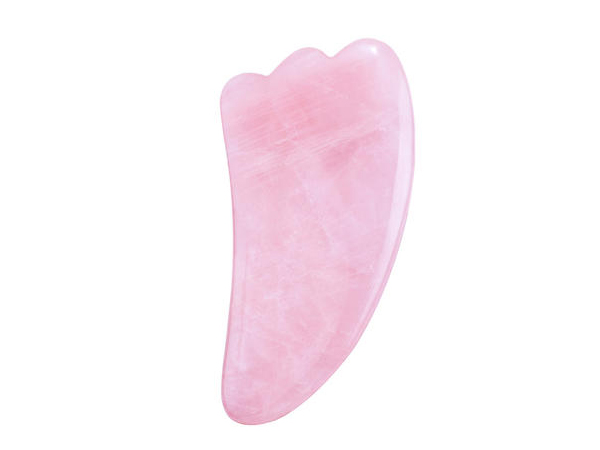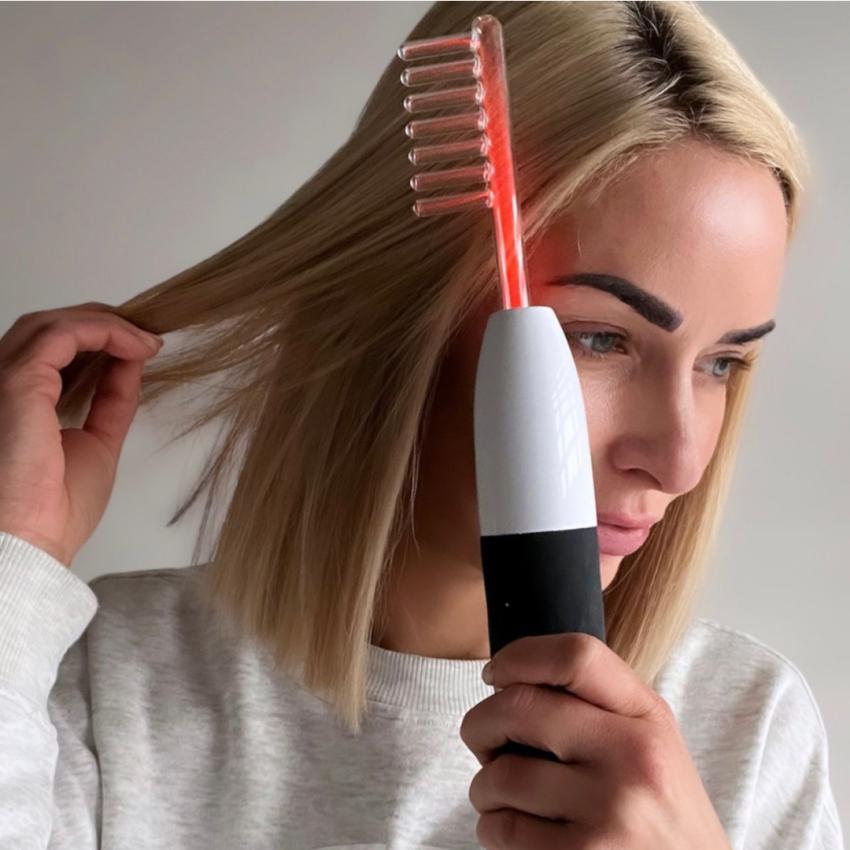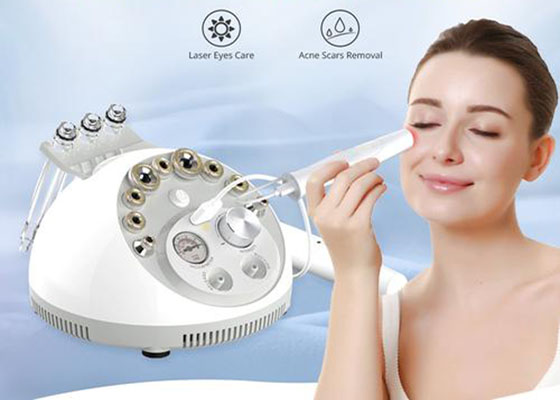If you’re someone who is constantly on the lookout for new skincare techniques to add to your routine, you may have heard of Gua Sha. This ancient Chinese practice involves using a smooth tool to scrape the skin in order to improve circulation and reduce inflammation. Recently, Gua Sha has become a popular trend in the beauty world, with many people claiming that it can help to achieve glowing and firmer skin. In this article, we’ll take a closer look at Gua Sha, its benefits, and how to incorporate it into your skincare routine.
What is Gua Sha?
Gua Sha is a traditional Chinese medicine technique that has been used for centuries to treat a variety of ailments. The practice involves using a smooth tool, typically made of jade or rose quartz, to scrape the skin in a particular pattern. The idea behind Gua Sha is that it helps to release stagnant energy or “qi” in the body, which can lead to a variety of health problems.
In terms of skincare, Gua Sha is believed to improve circulation, promote lymphatic drainage, reduce inflammation, and relieve muscle tension. By doing so, it can help to reduce the appearance of fine lines and wrinkles, brighten the complexion, and firm the skin.
How Gua Sha Benefits the Skin
Boosting Circulation
One of the main benefits of Gua Sha is its ability to boost circulation. When the tool is used to scrape the skin, it creates friction, which in turn increases blood flow to the area. This increased circulation can help to deliver more oxygen and nutrients to the skin cells, which can improve their overall health and appearance.
Stimulating Lymphatic Drainage
Gua Sha is also believed to stimulate lymphatic drainage, which is the process by which the lymphatic system removes waste and toxins from the body. By using the tool to massage the skin in a particular pattern, it can help to move lymphatic fluid and reduce puffiness and swelling in the face.
Reducing Inflammation
Another benefit of Gua Sha is its ability to reduce inflammation. When the skin is scraped, it can cause a mild inflammatory response, which in turn can stimulate the body’s natural healing processes. This can help to reduce redness, irritation, and other signs of inflammation on the skin.
Relieving Muscle Tension
Gua Sha can also help to relieve muscle tension in the face and neck. By using the tool to massage the skin, it can help to loosen up tight muscles and reduce tension headaches.
Promoting Relaxation
Finally, Gua Sha is believed to promote relaxation and reduce stress. By taking the time to perform the technique on yourself, you can create a calming and meditative experience that can help to reduce anxiety and promote a sense of wellbeing.
How to Perform Gua Sha on the Face
If you’re interested in trying Gua Sha for yourself, there are a few things you should keep in mind. First, it’s important to choose the right tool. There are many different types of Gua Sha tools available, but the most common are made of jade or rose quartz. These materials are smooth and cool to the touch, which can help to reduce inflammation and soothe the skin.
Before you begin, it’s important to cleanse your skin and apply a facial oil or serum. This will help to lubricate the skin and reduce friction during the Gua Sha process. Then, using gentle but firm pressure, you can begin to scrape the tool across your face and neck in a particular pattern. There are many different techniques for Gua Sha, but a common pattern involves starting at the center of the face and moving outward towards the ears and hairline.
It’s important to use light pressure and avoid scraping too aggressively, as this can cause irritation and damage to the skin. You should also avoid any areas of the face that are particularly sensitive, such as around the eyes and lips.
It’s recommended to perform Gua Sha 2-3 times a week for best results, and to avoid performing it on days when you have an active breakout or any open wounds or cuts on the face.
Other Benefits of Gua Sha
While Gua Sha is primarily known for its skincare benefits, it can also have a variety of other health benefits. Here are a few:
Improving Sleep
Gua Sha has been shown to help improve sleep quality and reduce insomnia. By promoting relaxation and reducing stress, it can help to create a more restful sleep environment.
Relieving Stress and Anxiety
As mentioned earlier, Gua Sha can help to promote relaxation and reduce stress and anxiety. This can have a positive impact on both mental and physical health.
Alleviating Headaches and Migraines
Gua Sha can also be effective in relieving tension headaches and migraines. By releasing tension in the muscles of the face and neck, it can help to reduce the severity and frequency of headaches.
Enhancing the Immune System
Finally, Gua Sha has been shown to have immune-boosting effects. By promoting lymphatic drainage and reducing inflammation, it can help to support the body’s natural defense mechanisms.
Risks and Precautions
While Gua Sha is generally considered safe, there are a few things to keep in mind before trying it. First, if you have any underlying medical conditions or are taking medication, it’s a good idea to consult with your healthcare provider before trying Gua Sha.
In addition, it’s important to avoid using Gua Sha on any areas of the face that are irritated or inflamed, as this can exacerbate the problem. You should also avoid using too much pressure or scraping too aggressively, as this can cause damage to the skin.
Conclusion
Overall, Gua Sha can be a great addition to your skincare routine if you’re looking for a natural way to achieve glowing and firmer skin. By promoting circulation, lymphatic drainage, and relaxation, it can help to reduce inflammation, improve skin health, and promote a sense of wellbeing. However, it’s important to use caution when trying any new skincare technique and to consult with a professional if you have any concerns. With a little practice and patience, Gua Sha can be a simple and effective way to improve your skin and your overall health.




